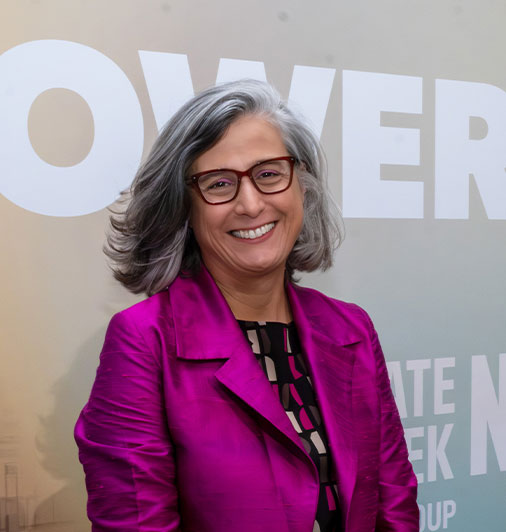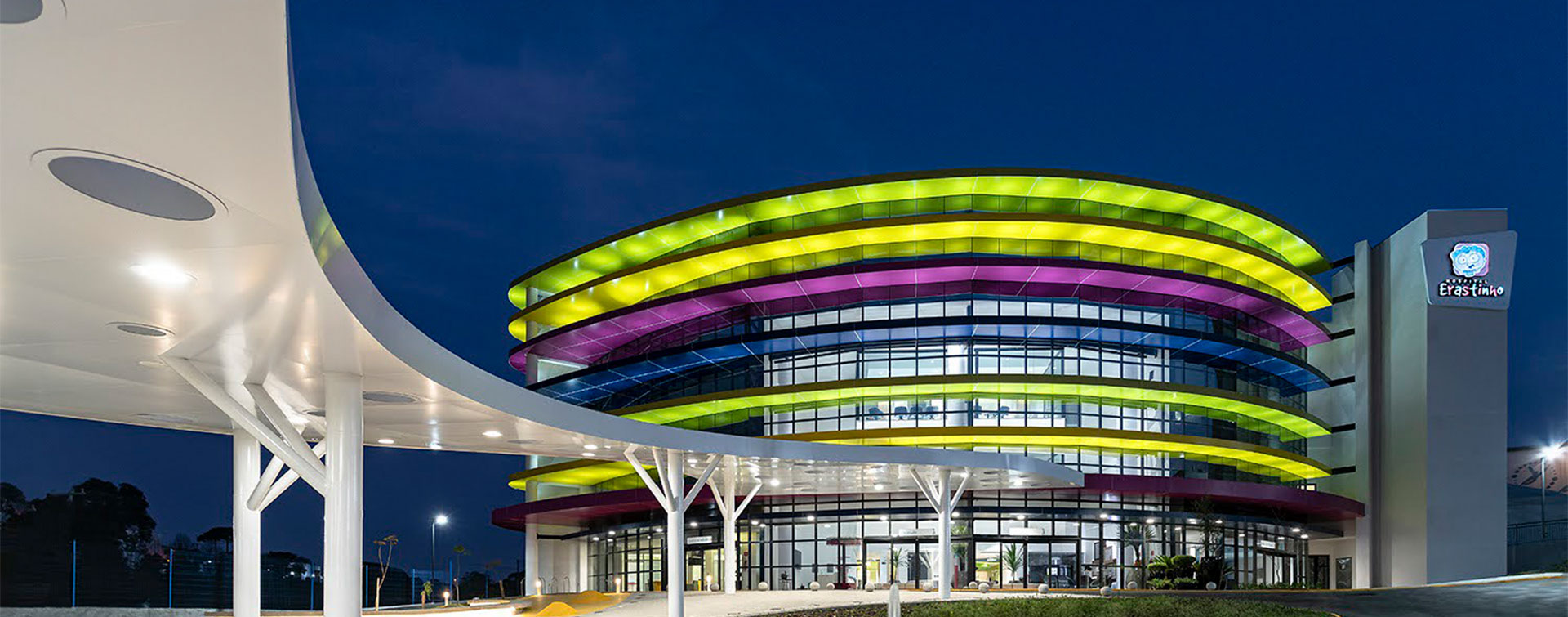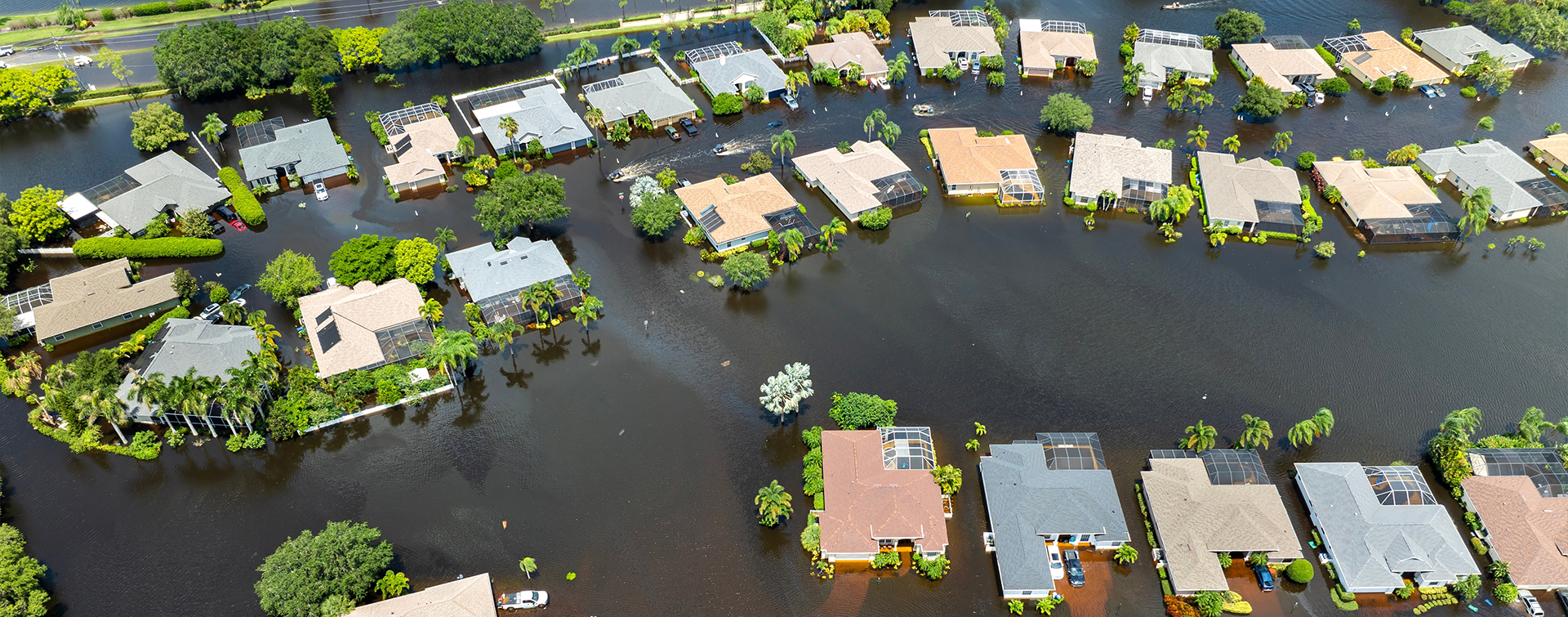 5 min
5 min
What levers do you consider essential to both reduce the environmental impact of buildings and strengthen social equity(1) ?
I distinguish two essential points to make durable and affordable rhyme.
The first concerns the cost of sustainable construction materials, which tends to decrease. In the past, there was a correlation between sustainability and high material cost. Fortunately, this gap is narrowing, and even if the entry cost still remains sometimes higher, long-term maintenance is less expensive.
This is a positive evolution because sustainability becomes economically rational, not only ethical.
My second point concerns the role of land and the importance of “zoning.” Land already equipped with infrastructure and services is generally the most expensive. The real challenge is therefore to align construction — new or renovated — with location. This directly refers to the overall vision of the city: what kind of city do we want to build? How do new buildings fit into it?
In Brazil, for example, many cities have established zones of social interest. These areas include informal neighborhoods that can be redeveloped through new construction or densification. In some cases, this means building new housing; in others, reusing empty or underused spaces within the city itself.
What about the balance between cost and accessibility on the one hand, and housing quality on the other?
We are seeing progress in the awareness of the importance of quality, but this remains a challenge given the immense needs. If we look back, many large-scale programs have favored quantity over quality. In Mexico, huge housing complexes were built in the 1990s, but their location and quality often did not correspond to the needs of the inhabitants.
Today, we understand much better the importance of quality, especially when climate-related disasters become more frequent and more severe. Take earthquakes: we cannot continue to rebuild after each disaster. It is necessary to design more resilient housing from the start.
This is where social justice and climate meet: guaranteeing not only a roof, but housing that is safe, sustainable and dignified.

Latin America: 5 examples that improved
residents’ quality of life while reducing environmental impact
In Brazil
When the private sector advances social justice by responding to environmental challenges:
An electricity company working in one of the best-known favelas of Rio, Santa Marta, decided to link electricity bills to a recycling program: residents brought their recyclable waste twice a week, earned points and could use those points to pay their bills. This restored a sense of social dignity.
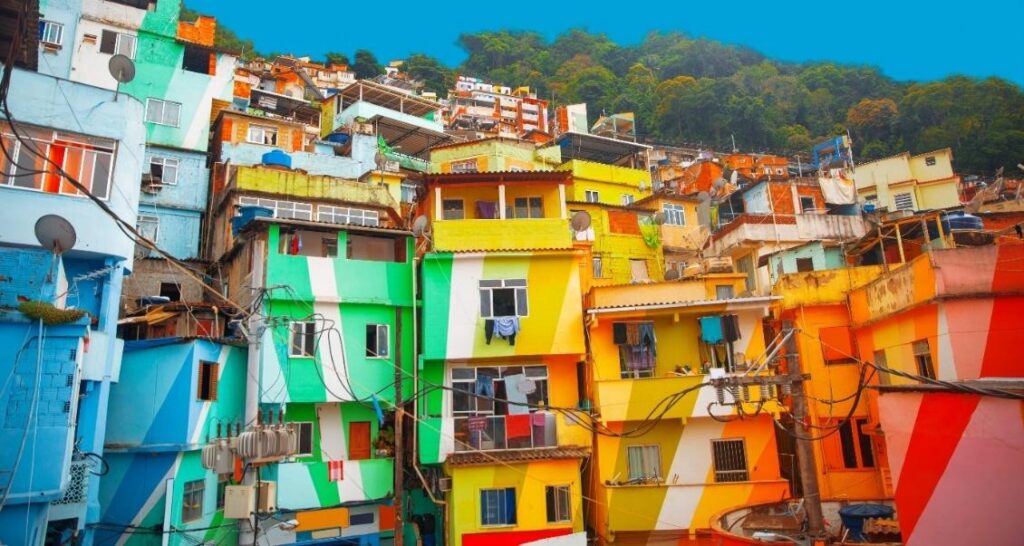
Tackling the favelas
The Growth Acceleration Program, launched in 2007, transformed many favelas in metropolitan areas. Their interventions provided almost universal access to electricity, the integration of water networks and better connection with the rest of the city. They also included cultural and sports facilities, because residents need not only infrastructure, but also social life and interactions.
Argentine
Improving informal neighborhoods with modern and resilient infrastructure
The city of Buenos Aires, supported by the national government, has been renovating informal neighborhoods for about ten years. The process begins with mapping the needs and priorities of communities, then co-designing solutions with them. In one of these neighborhoods, a new residential building was constructed with solar panels and other sustainable elements.
Colombia
Connecting the neighborhoods of a city to reduce social inequalities:
In the city of Medellín, cable cars were built to connect the neighborhoods located on the hills to the rest of the city. This was accompanied by new architecture and adapted infrastructure.
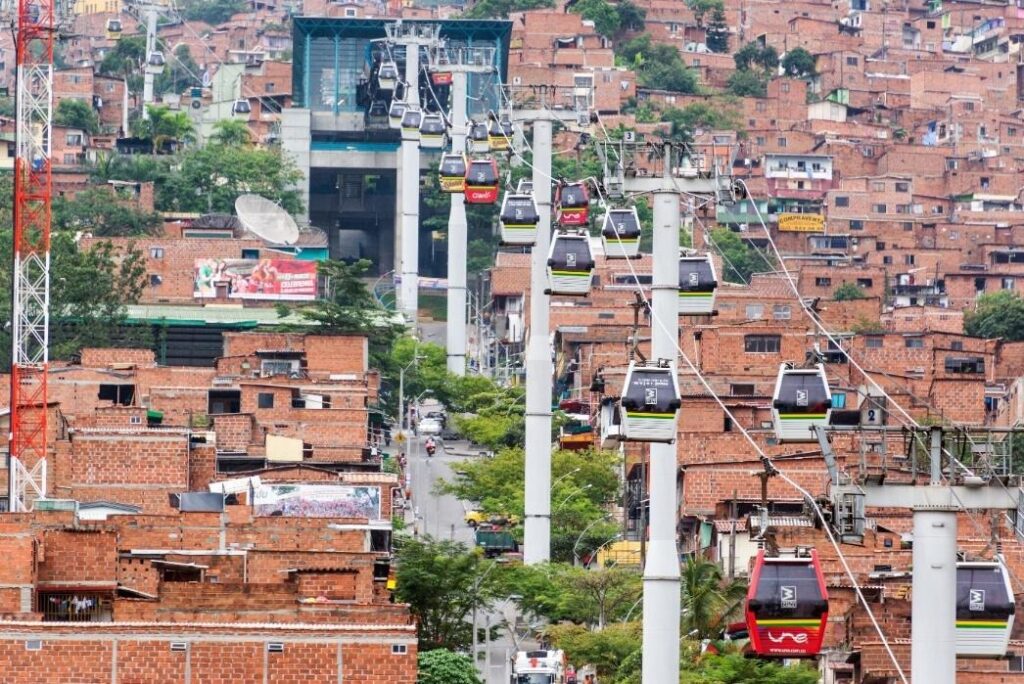
(1) Définitions :
- Equity (in sustainable construction): ensuring that construction projects respond fairly to the needs of all populations, taking into account social, economic and territorial inequalities.
- Social justice (in sustainable construction): aiming for an equitable distribution of the benefits and impacts of urban development, so that everyone has access to a healthy, safe and affordable living environment.






